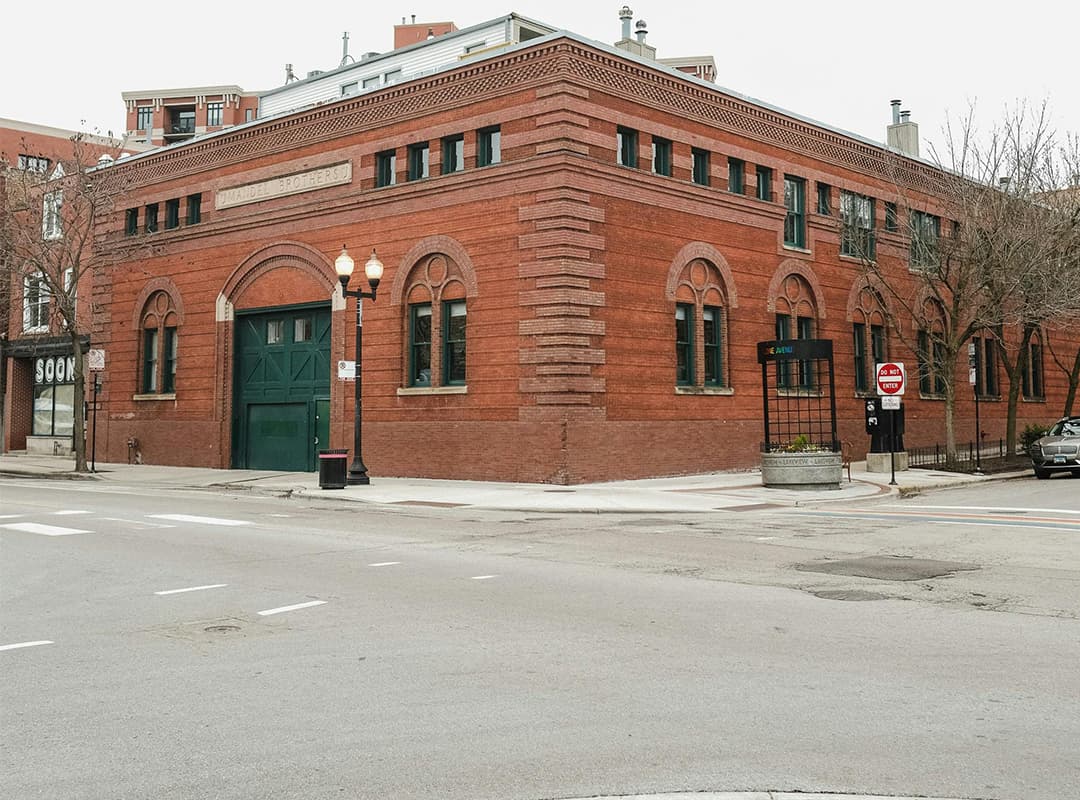Thousands of people and numerous businesses have left the city over the years, and the void left behind is easy to see. But on a cold and damp April 14, dozens of longtime residents still fighting for what’s left gathered at the House of Prayer Church to voice their concerns. In this setting, the city felt full.
The Har-V Community Coalition, a nonprofit organization founded in 2011 to galvanize citizens around the city’s major issues, was scheduled to meet regularly that day. But a few days before, news broke that brought Harvey into the spotlight and gave the group plenty of additional material to discuss.
National news outlets such as Fox Business Network and the Associated Press, along with Chicago television stations and newspapers, ran a catchy headline: More than $7 million in pension backlog, the city of Harvey was forced to lay off 40 police officers and lay off staff to cover court-ordered pension payments. The story was a microcosm of Illinois’ fiscal recklessness and a warning of what lies ahead for other municipalities – and the state as a whole – if things don’t change quickly. For viewers across the state and the country, it painted a picture of what financial suicide looked like.
But the headline about his retirement did not paint a picture of all that Harvey is and was. It was not the whole story of Harvey. Now synonymous with financial mismanagement and political corruption, Harvey was once a place for businesses and families. It was a place where people ran to, not away from.
Instead of being a city that was weakening, with almost no businesses and a declining economy, Harvey was once vibrant, prosperous and full of hope. In January 1960, the Chicago Tribune wrote in detail about the city’s “boom” in the 1950s. The city had gained nearly 6,000 residents and retail sales had increased even more, by nearly 90 percent.
But this growth – in population, real estate and business values – slowed, then stalled and turned into a steep decline over several decades.
This decline is what motivates a group like the Har-V Community Coalition to meet and discuss what the city is facing. Conversely, the decline is also what encourages apathy in much, though not all, of the city.
The remnants of what was a city are evident in Harvey’s empty downtown. Boarded up buildings and houses are a reminder of the city’s previous success and its decline.
It’s disappointing. But for some, it may also be motivation. If Harvey can fall this far, perhaps it will rise again.
For a long time, Harvey was the center of the southern suburbs. Not only did the city have the amenities Jones mentions – which other cities may take for granted – it had major employers in industry, which cemented its reputation as a strong blue-collar city. This was part of the goal for the city in the first place: its founder, Turlington Harvey, wanted to plan a city with a strong industrial base and a strict code of restraint. While the evolution of liquor laws defeated his latter goal, the former was still realized, and for decades Harvey was known as an industrial city. Employers such as the Wyman-Gordon Co. which set up shop in the city in the 1910s and Allis-Chalmers, which opened in 1953, were mainstays.
The city’s strong industrial presence fostered the development of one of the nation’s first indoor shopping centers, the Dixie Square Mall, built in Harvey in 1966. The mall had 64 stores, including Montgomery Ward, Walgreens, and Jewel.
But in the 1970s, partly due to concerns about crime, stores began to leave Dixie Square, and Jewel, the last tenant to leave, closed the store in 1979. The last ones in the mall can be seen in the classic police chase scene in the 1980 movie The Blues Brothers.
